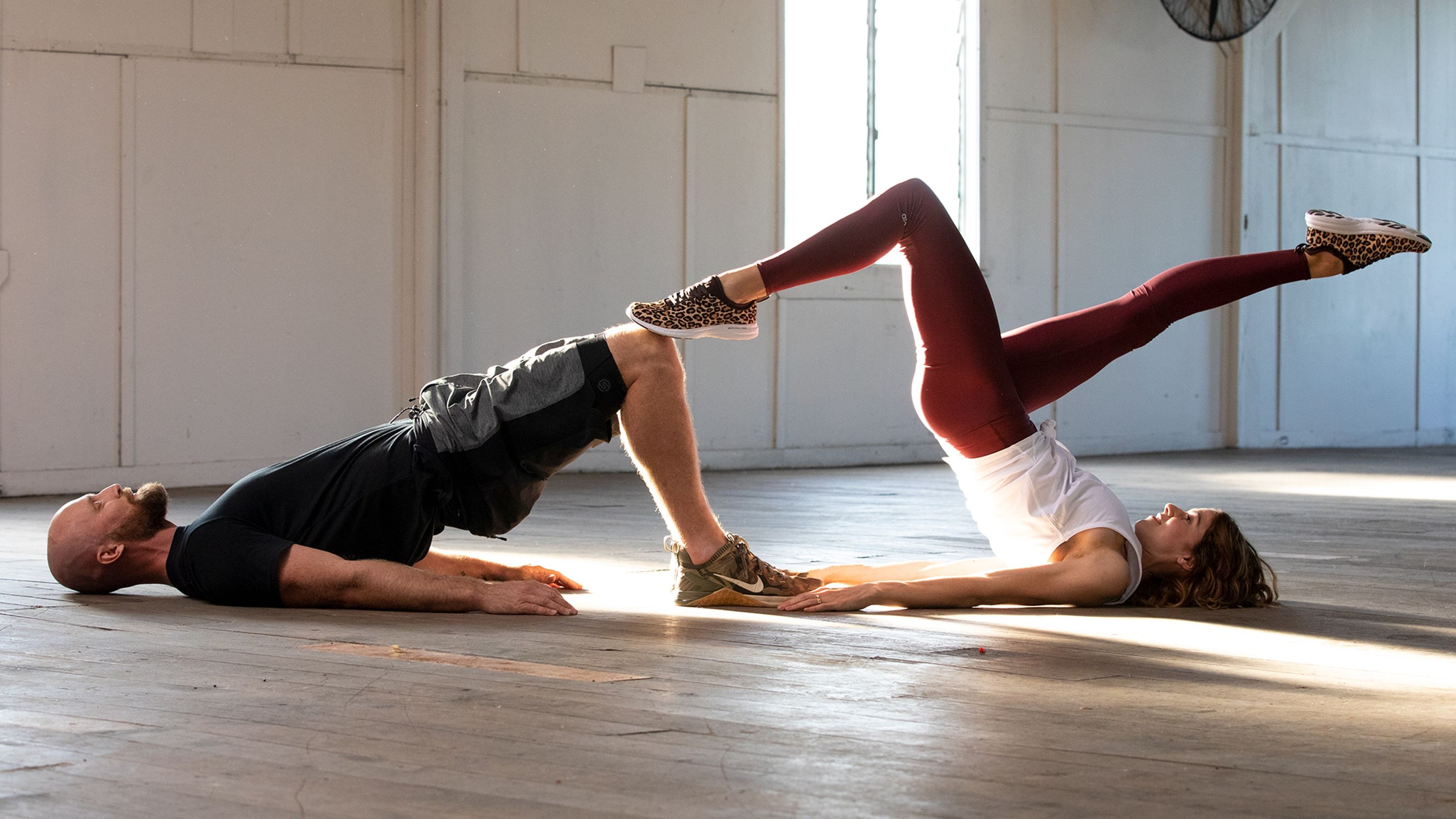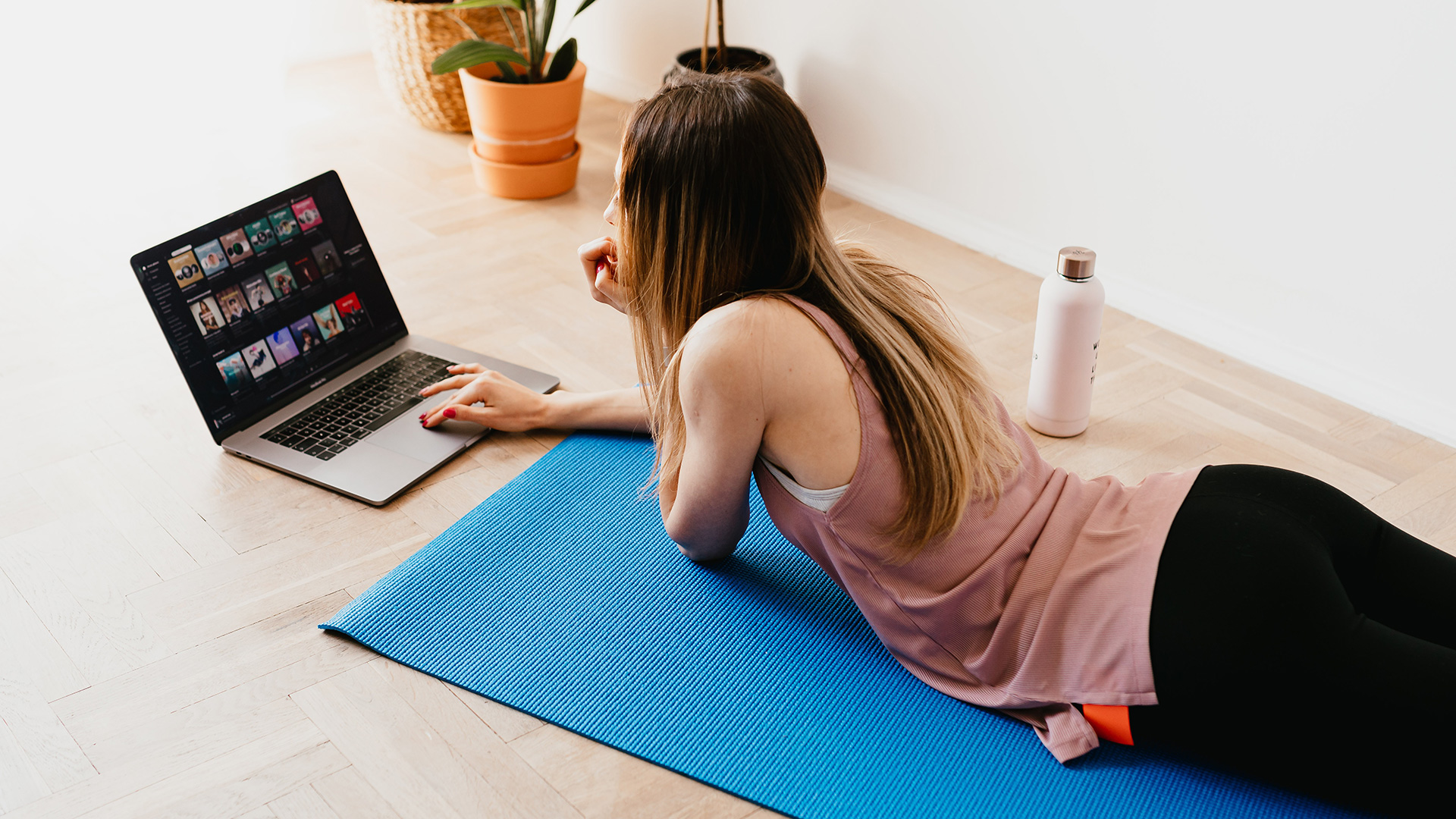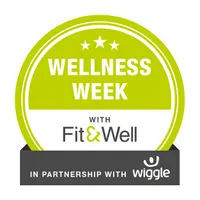A beginner's guide to Pilates: How to get started
All you need to know to prepare for your first Pilates workout

Is Pilates for you? Pilates regulars testify that it strengthens their core, increases flexibility and improves mobility. Jennifer Anniston and David Beckham are fans. But Pilates isn’t the preserve of celebrities and the super-fit. In fact doctors and physiotherapists frequently recommended it to manage health conditions and recover from injury. Whether you’re able to go to a class in a gym or considering working out at home – it’s accessible to everyone.
In this beginner’s guide to Pilates I’ll explain what it is, who it’s suitable for, what the benefits are, what you need to get started and how to master some easy exercises. Trying to decide between that and yoga? Head to our Pilates vs yoga explainer to learn the differences.
- Every beginner needs a mat – and we've found the best yoga mats for yoga and Pilates
- Wake up gently every morning with our best wake-up lights
- Try using one of the best standing desks instead of feeling desk-bound all day

Start your Pilates journey with our easy beginner exercises
What is Pilates?
Pilates is a series of low-impact mat-based exercises designed to improve strength (particularly core strength), flexibility and mobility. The method was developed by Joseph Pilates in the 1920s in response to his own childhood health problems.
Lateral breathing
Pilates uses lateral breathing and it is this form of breathing that strengthens the core muscles and improves posture.
As you inhale you expand your ribcage sideways and as you exhale you gently suck your belly button towards your spine and contract your pelvic floor muscles, both at around 25% of your maximum effort. Your pelvic floor muscles are the ones you use to stop and start the flow of urine when you go to the toilet.
Who is Pilates suitable for?
Do you need to be super flexible to do Pilates? No – that's a common misconception. In truth, if you need to improve your flexibility then Pilates is the ideal choice. It’s suitable for children, teens, adults and older adults.
Get all the latest news, reviews, deals and buying guides on gorgeous tech, home and active products from the T3 experts
If you begin by focusing on mastering some simple exercises then, in time, you will discover your strength, flexibility and mobility will all improve. Pilates is frequently recommended by doctors and physiotherapists to help people manage their health problems or recover from injury.
Common health conditions that Pilates can help include:
- Sciatica
- Arthritis
- Osteoporosis
- Back problems, including lower back pain
- Slipped and bulging discs
- Knee replacements
- Hip replacements
Pilates for sports people
Pilates is used by top sports people to help them recover from injury as well as improve their performance – tennis player Serena Williams is a fan.
Pilates is the ideal partner activity for anyone taking part in sport. From football to swimming to running everyone can benefit. Pilates strengthens the core, lengthens the spine, builds muscle and increases mobility around the joints. It also increases levels of body awareness, so that every movement is performed with thought and consideration for the whole body.
Pilates for pregnancy
Pilates during pregnancy can be very beneficial in reducing unwanted aches and pains, such as back pain. Pilates focuses on strengthening the core muscles to make it easier to carry a baby during pregnancy. Post-natal Pilates helps to rebuild the weakened abdominal muscles and regain pelvic floor strength, restoring the body to full strength.
Pilates for pregnancy is adapted to suit the body as it changes throughout pregnancy so make sure you find a class that is taught by someone who is qualified to teach pre-natal and post-natal mums.
Pilates: what are the main benefits?
- Stronger core and better posture
In each Pilates workout you will find that by engaging the core muscles with every repetition you will stabilise the spine, improving the way you sit, stand and move. - Increased muscle strength and flexibility
You can eliminate muscle imbalances in the body by using carefully chosen Pilates exercises that target weak or inflexible muscles. - Improved joint mobility
Pilates exercises will get you moving your joints through a healthy range of motion on a regular basis. This will help you move more easily all the time, in everyday life. - Heightened sense of wellbeing
As you concentrate fully on each Pilates exercise your mind will become better connected to your body and your overall feelings of wellness will increase.
Best clothing for Pilates
Pilates doesn’t demand any specialist clothing, just something that won't restrict your movements.
The ideal clothing for Pilates could be:
- A T-shirt
- Leggings or jogging bottoms
- Socks if your feet tend to get cold
Best Pilates equipment
Equipment is minimal. All you will need is a mat to lie on (I recommend the Core-Fitness Mat 10mm, but check out T3's guide to the best yoga mats for more options).
You might also find it handy to have a small towel to use under your head to keep your neck aligned and a bottle of water to keep you hydrated. If you don’t want to invest in a mat then even a thick towel will suffice to get you started. If you are working out at home with a video or as part of a live-streamed class then you’ll also need a phone, tablet or laptop.
To sum up, your Pilates kit might consist of:
- A mat, such as a yoga mat
- A small yoga towel
- A bottle of water (see the T3 guide to the best gym water bottle)
- Phone, laptop or tablet if you're doing Pilates at home
Best Pilates exercises for beginners
Why not give Pilates a try now? Here are some simple Pilates exercises you can try at home. We think that these are some of the best Pilates exercises for beginners.
Lateral breathing: For each exercise, use the lateral breathing technique explained above. As you breathe in, try to expand your ribcage sideways. As you breathe out, gently suck your belly button towards your spine and contract your pelvic floor muscles.
Supine position: To start each exercise, first lie down on your back with your arms by your sides. Begin with a neutral pelvis, legs hip distance apart, knees bent, with both feet flat on your mat. It is called the supine position.
Hundred
Great for: improving your breathing
Pulse your arms up and down in small movements inhaling for 5 pulses and exhaling for 5 pulses. Try to pulse as slowly as you can to increase your lung capacity.
Repeat 10 times (100 breaths).
Single leg circle
Great for: improving hip mobility and pelvic stability
Lift one leg into a tabletop position with your knee bent at a 90-degree angle and your shin parallel with the ceiling. Inhale to prepare. Exhale as you circle your hip towards the edge of the mat, inhale as you circle your hip towards your bent knee. Aim to draw half the circle as you exhale and half the circle as you inhale.
Repeat 5 times in each direction on both legs.
Bridge
Great for: improving spinal mobility and increasing hamstring strength
Inhale to prepare. Exhale as you lift your bottom from the mat and then continue to lift the rest of your spine one vertebra at a time. Inhale when your knees, pelvis and shoulders align. Exhale to lower.
Repeat 5 times.
Wellness Week on T3
Wellness Week is brought to you in association with our new sister site Fit&Well and Wiggle. A new standard for a new age of wellbeing, Fit&Well helps you live a better, healthier, happier and longer life. Check it out today at www.fitandwell.com and accelerate your wellness journey.
